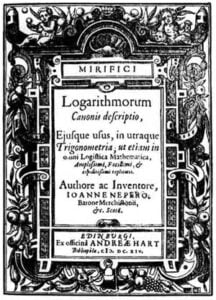

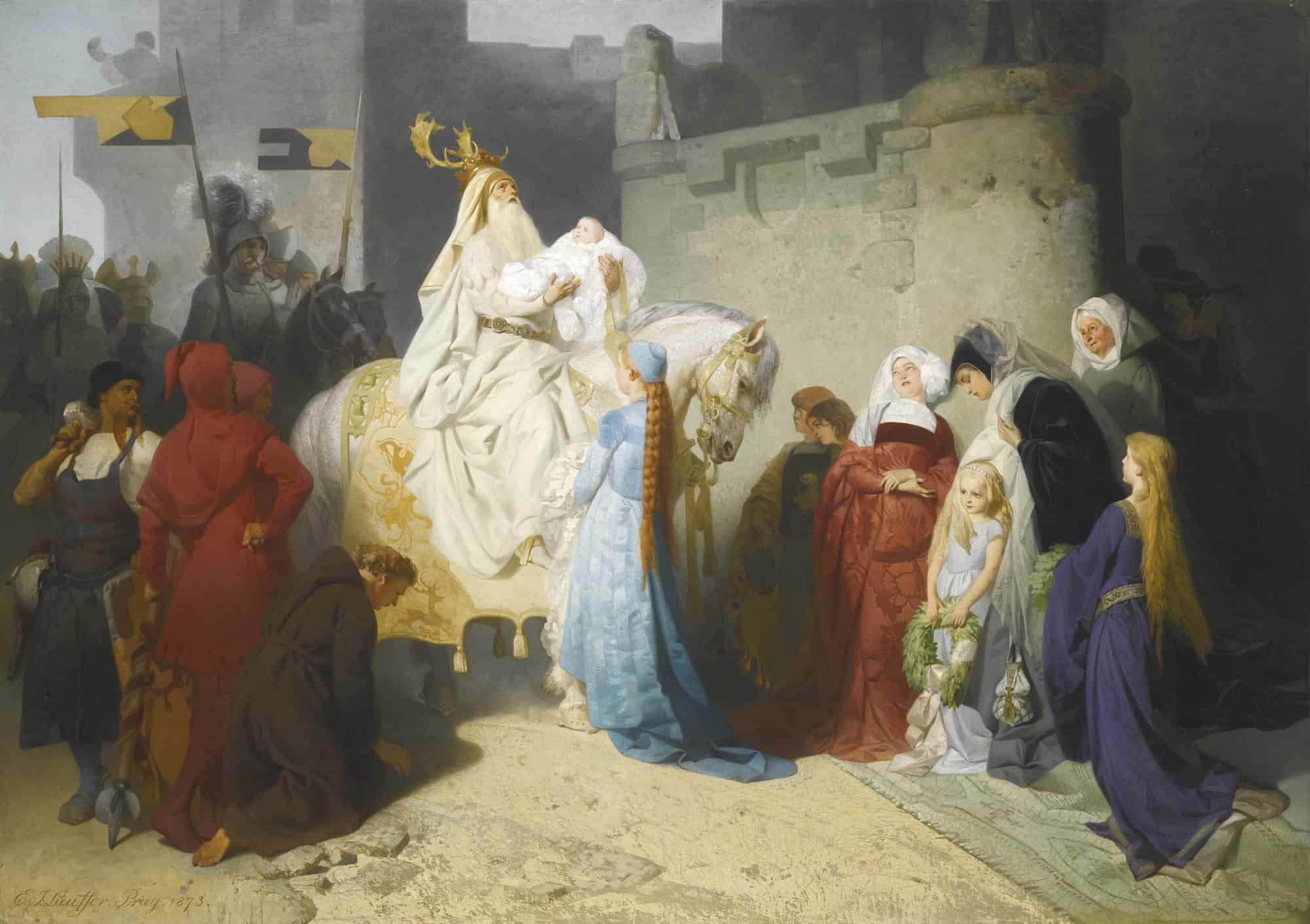

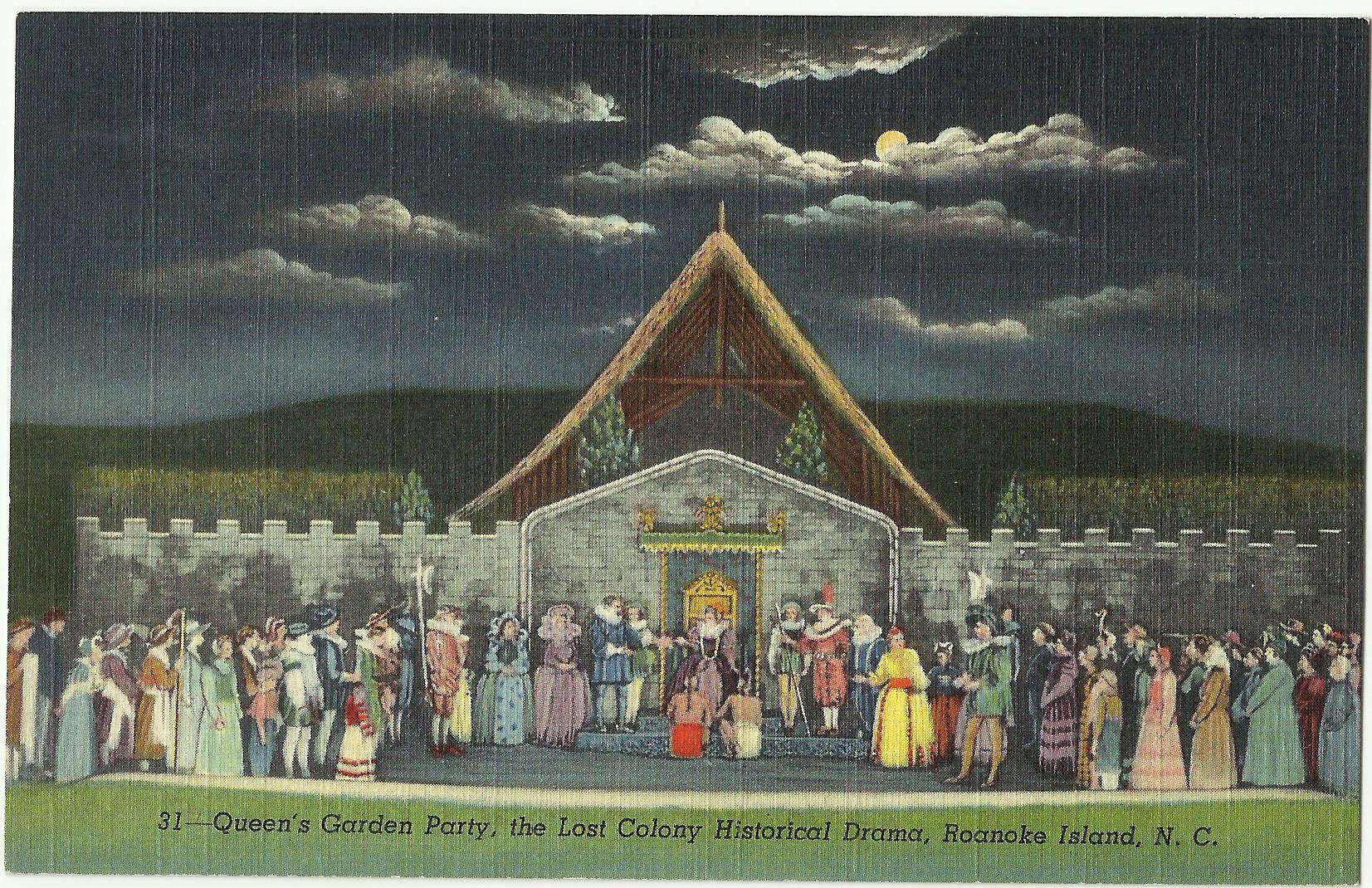



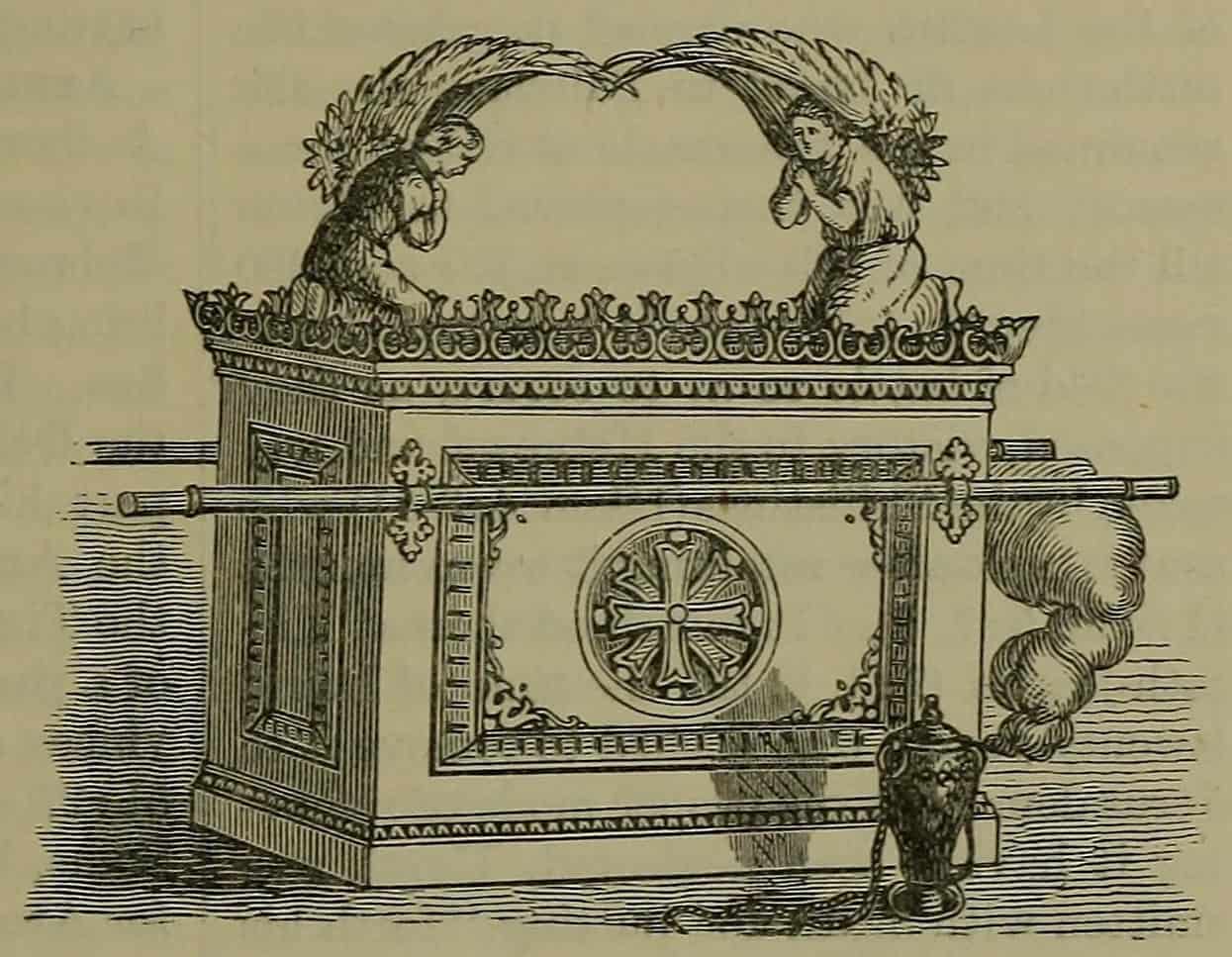

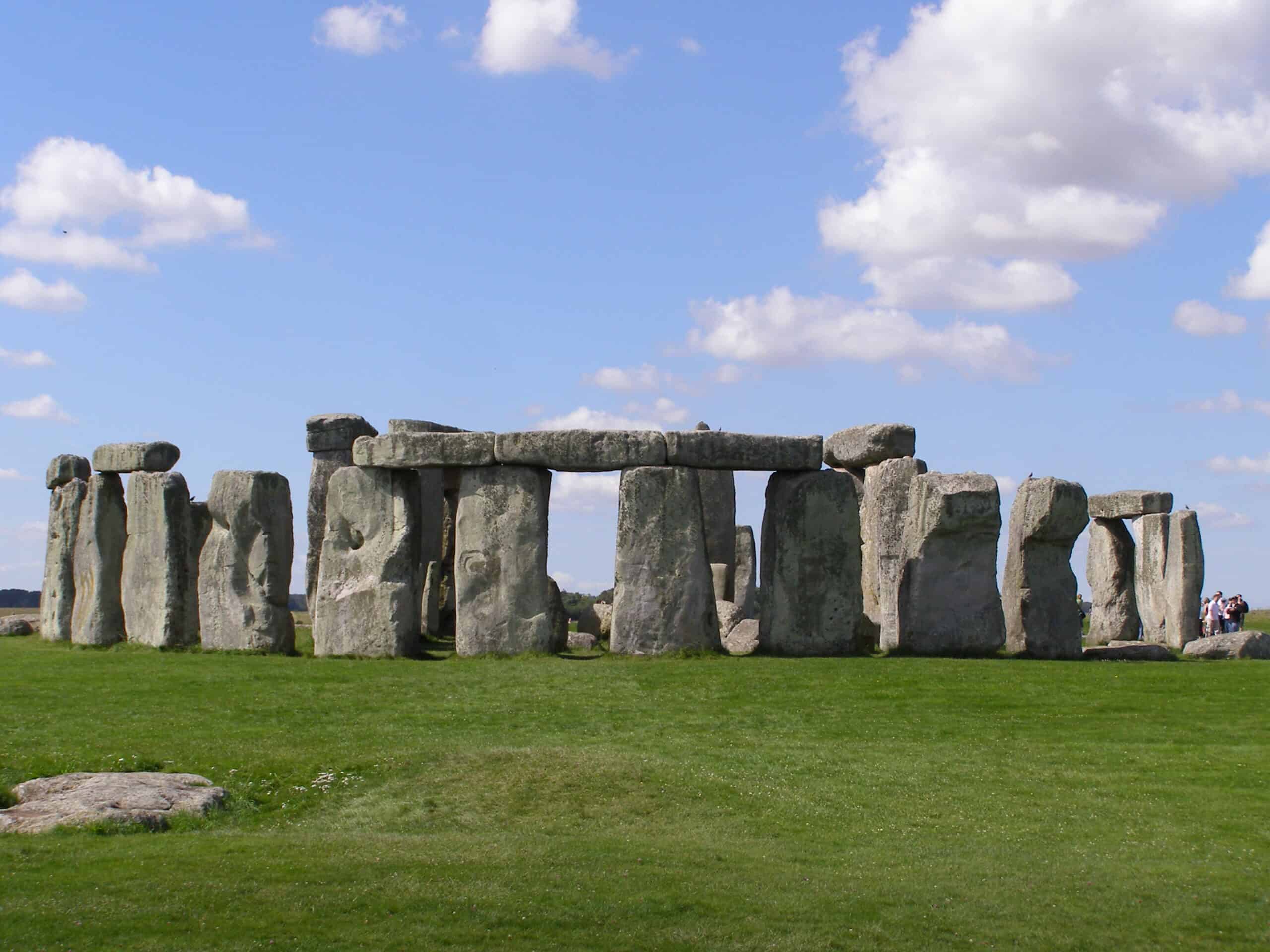


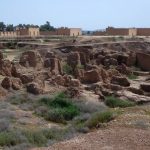




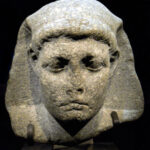


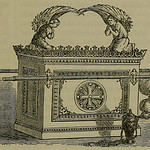

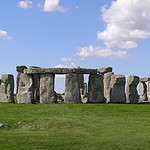
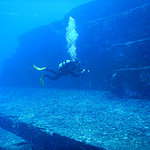

12 Mysteries from History That Continue to Baffle the Experts
Something many people don’t realize is how many historical mysteries continue to baffle historians everywhere. History is written by the victors and, in some cases, not written at all. Thus, we have a naturally incomplete understanding of what happened before us, even with first-party sources. The longer it’s been since an event occurred, the more likely the story has been diluted or embellished. Even with first-party sources, it’s crucial to examine who the source is to understand their personal bias in the situation. However, some stories remain entirely shrouded in mystery, with no sources pointing us in the right direction. Let’s examine 12 historical mysteries that have yet to be solved.
Where Is Alexander the Great Buried?
Alexander the Great is the subject of many historical mysteries, but the most crucial is where his tomb is. Several historical accounts attest to the location. Reports initially indicated that his body was buried in Memphis, Egypt, following Alexander’s death in Babylon. However, it was later moved to Alexandria to be reburied. Many great historical figures, such as Julius Caesar and Cleopatra, are noted to have visited Alexander’s tomb, and many modern attempts to identify it have been conducted. Yet, none of these attempts has yielded a conclusive identification. Some scholars believe Alexander’s tomb was destroyed sometime in the 4th or 5th century, although recent excavations in Greece have identified the remains of Alexander the Great's father and son.
Was King Arthur Real?
While many have heard legends of King Arthur of Camelot who led the British to victory against a Saxon invasion with his Knights of the Round Table, there is actually no surviving evidence that he existed in reality. There is only one first-hand source of information on the Saxon invasion at Mons Badonicus in 500 CE, which does not mention King Arthur. Additionally, when Arthur does appear in texts, he is supposedly present at 12 different battles which were so far apart in time and place that it would be highly unlikely for a single man to have participated in all of them.
Who Was Jack the Ripper?
Jack the Ripper is the pseudonym of a British serial killer responsible for the deaths of at least five women in London between August and November 1888. While at least five of the deaths are definitively attributed to Jack the Ripper, dozens of deaths occurred during this period that may have been the work of this nefarious and mysterious person. However, due to the nature of an unsolved crime, we can’t confirm or deny whether all of these crimes are connected. Often, when a high-profile serial killer comes about, copycat killers pop up and commit similar murders. So, it’s unclear which murders were committed by the original killer, whose identity remains unknown.
What Happened to the Settlers at Roanoke Island?
The first attempt by the British to colonize America was at Roanoke Island in 1585. However, a visiting ship in 1590 discovered that all of the settlers had mysteriously vanished from the island, leaving behind no clues besides the word “CROATOAN” carved into a wooden post. There are many theories as to the ultimate fate of the Roanoke settlers. However, it is difficult to determine the truth since there was no trace of them. There were no bodies or other evidence left behind that could have led to the discovery of the missing settlers. They seemingly vanished into thin air.
Was Caesarion Truly the Son of Julius Caesar?
Ptolemy XV Caesar was the son of Cleopatra II and Julius Caesar. Many historical scholars and classic authors doubted and debated his paternity. However, Caesar himself recognized Ptolemy as his son, making him his only biological son. He was nicknamed “Caesarion,” which means “Little Caesar.” He reigned as Pharaoh of Egypt alongside his mother until her death in 44 BCE. After Cleopatra II’s death, he reigned as the final leader of Ptolemic Egypt. He reigned until his death was ordered by Octavian, who would later become the Roman Emperor Augustus. While there seems to be no major modern debate about his paternity — Caesar personally confirmed it, after all —some scholars continue building off the words of classical scholars and authors who doubted it.
When Was Jesus Born?
Most Christians celebrate the birth of Jesus Christ on December 25th. However, there’s no actual evidence that the real human being was born at this time. Most concrete evidence seems to indicate that he was probably born in the spring. Jesus’ birth date is not explicitly stated in any of the gospels. All evidence to any specific date is too incomplete to make a real, conclusive judgment. It’s thought that the date of December 25th was chosen as it is close to the date of Saturnalia, a Roman festival celebrating the God Saturn. By adopting the date of Saturnalia into Christianity, the Romans could convert and continue celebrating common festivals.
Is the Copper Scroll Treasure Real?
The Copper Scroll is one of the Dead Sea Scrolls found in Cave 3 near Khirbet Qumran. However, while the other scrolls were written on parchment or papyrus, the Copper Scroll was written on a sheet of metal. The scroll is made up of copper mixed with around 1% tin. Unlike the other Dead Sea Scrolls, which were literary works, the Copper Scroll is a list of 64 locations that supposedly contain hidden treasure. The Scroll lists many objects, primarily made of gold and silver, as being hidden at the locations on the list. It is the last of 15 scrolls found in Cave 3 and is thus referred to as 3Q15 in archaeology.
What Happened to the Ark of the Covenant?
Jewish and Christian traditions present the Ark of the Covenant as a physical manifestation of God’s power. According to legend, the Ancient Israelites marched the Ark into battle and used it to bring their enemies to their knees. The Ark was considered so sacred that merely touching it was grounds for death. The Ark was said to reside in the Temple of Jerusalem’s holiest chamber and only the high priest was allowed to be in its presence once per year. However, Babylon conquered Jerusalem in the 6th century BCE and the Ark disappeared from history. No one knows what happened to it following the Babylonian Captivity. Its location and fate is one of the world's greatest historical mysteries.
Were the Hanging Gardens of Babylon Real?
While they are considered one of the Seven Wonders of the World, the Hanging Gardens of Babylon have never actually been located, leading some scholars to believe they weren’t real at all. There are many theories regarding the structure and location of the Hanging Gardens, but nothing has been discovered that can conclusively be considered the location of this wondrous structure.
What Is Stonehenge?
Stonehenge is a prehistoric stone structure of large boulders that were dragged into a circle and stacked on top of each other. The structure is about eight miles north of Salisbury, Wiltshire, England. Archeological evidence indicates the oldest part of the structure was built around 5,000 years ago. Historians believe that the structure was a religious site constructed as a testament to the power and wealth of the priests and other figures involved in its building.
What Is the Yonaguni Monument?
The Yonaguni Monument is a rock formation off the coast of Yonaguni, an island of Japan. Most geologists now agree that the formation is a naturally occurring rock formation caused by the shifting tectonic plates that are responsible for the many earthquakes that Japan experiences yearly. However, some scholars continue to assert that this rock formation was man-made, leading to some people believing it to be the “Japanese Atlantis.”
What Does the Voynich Manuscript Say?
The Voynich Manuscript is a handwritten text written in an unknown script referred to as “Voynichese.” It’s been carbon-dated back to the 15th century ,and so far, its contents remain untranslated. It’s thought to have been written during the Italian Renaissance. However, its authorship, origins, and purpose remain among some of the greatest historical mysteries.
The image featured at the top of this post is ©David Stanley / Creative Commons Attribution 2.0 Generic license – License / Original

